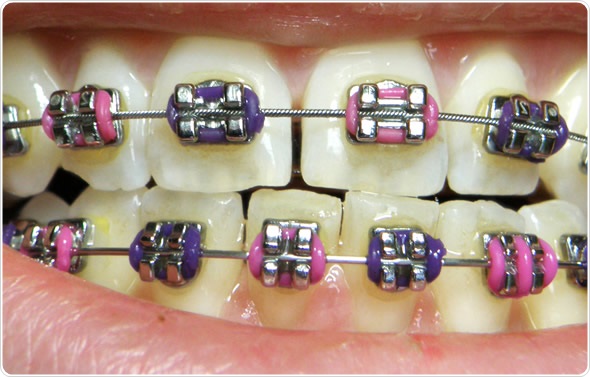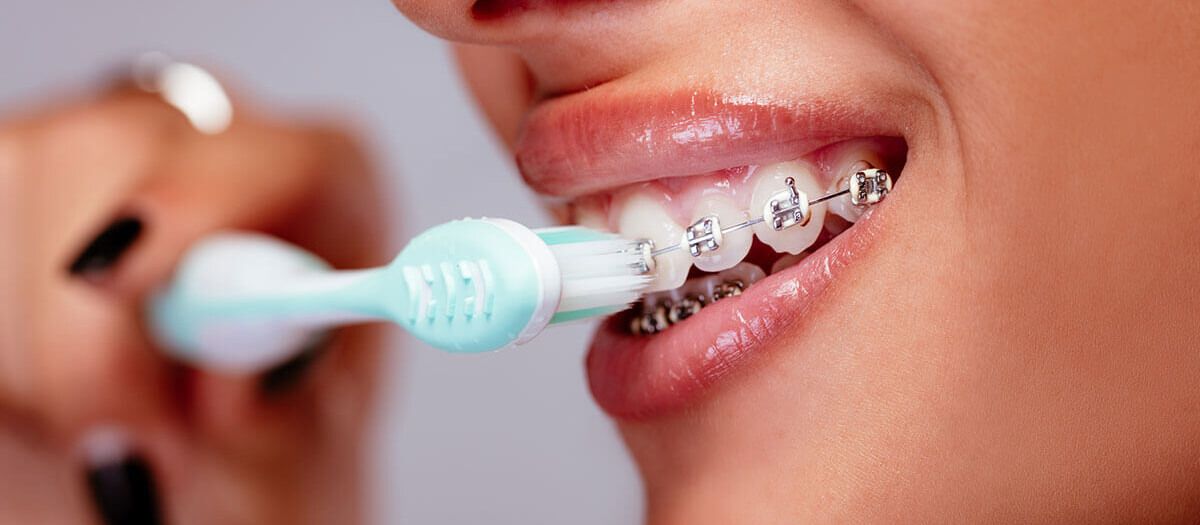Comprehensive Guide to Orthodontics Treatments for Correcting Dental Imbalances
In the realm of orthodontics, the journey to attaining a perfectly aligned smile entails a myriad of procedures tailored to deal with dental misalignments. From traditional dental braces to unnoticeable aligners and even medical options, the area of orthodontics uses a variety of remedies to address varying degrees of dental abnormalities. Comprehending the intricacies of each treatment, including their devices, benefits, and potential disadvantages, is critical in making informed decisions concerning one's orthodontic therapy. As we navigate via the extensive overview to orthodontic treatments for dealing with dental misalignments, the intricate information of each method will unfold, clarifying the course towards a unified and useful oral alignment.
Orthodontic Procedures Overview

Along with typical braces and clear aligners, orthodontists may likewise recommend various other interventions like headgear, palatal expanders, or retainers to resolve details alignment problems (cumming orthodontist). These procedures are tailored to each client's distinct demands and may involve a combination of treatments to accomplish the desired outcomes. Routine adjustments and surveillance are essential components of orthodontic treatment to guarantee progress is on track and to make any essential modifications along the road. By undertaking orthodontic treatments, clients can not only accomplish a straighter grin yet likewise boost their general oral health and function.
Traditional Dental Braces: How They Function
When thinking about orthodontic treatments for oral imbalances, traditional dental braces stand out as a tried and true method for fixing teeth placing. Conventional braces include braces, cords, and bands that collaborate to apply continual pressure on the teeth, slowly moving them right into the desired alignment. The brackets are affixed to the teeth making use of a special adhesive, and the cords are threaded via the brackets. By changing the stress of the wires, orthodontists can control the direction and pressure applied to each tooth, directing them into proper alignment in time.
One secret facet of exactly how typical dental braces job is the procedure of bone improvement. As pressure is related to the teeth via the dental braces, the bone surrounding the teeth is reshaped to support the brand-new tooth positions. This renovation is vital for the lasting stability of the corrected placement. Clients will certainly need regular changes at the orthodontist's office to ensure the dental braces continue to use the appropriate stress for reliable teeth movement.
Unnoticeable Aligners: Disadvantages and pros
These clear, customized trays are practically unseen when worn, making them an appealing choice for individuals seeking an extra aesthetically pleasing orthodontic therapy. Clients can eliminate the aligners before eating or cleaning their teeth, lowering the danger of food obtaining stuck in the device and streamlining the cleansing procedure.

Surgical Orthodontic Options
Surgical interventions in orthodontics he has a good point present sensible choices for attending to complex oral imbalances that might not be efficiently fixed with conventional orthodontic therapies. While traditional dental braces and undetectable aligners can correct numerous orthodontic issues, certain cases require surgical treatment to attain ideal outcomes. Surgical orthodontic options are usually recommended for severe malocclusions, significant jaw disparities, and situations where the underlying bone framework needs alteration to accomplish proper positioning.
One usual medical orthodontic procedure is orthognathic surgical treatment, which includes rearranging the jaws to remedy practical concerns such as difficulty talking or chewing. This surgery is commonly done in partnership with an orthodontist who helps align the teeth before and after the procedure. Surgical orthodontics may also entail procedures to reveal affected teeth, get rid of excess periodontal tissue, or improve the jawbone to produce an extra harmonious face account.
Before taking into consideration medical orthodontic choices, patients go through a detailed evaluation to identify the requirement and possible advantages of such interventions. braces. While surgical treatment might seem overwhelming, it can substantially boost both the feature and aesthetic appeals of the smile in cases where standard orthodontic treatments fall short
Retainers and Post-Treatment Care

Failing to comply with post-treatment treatment click to read instructions can result in relapse, where the teeth slowly relocate back in the direction of their original positions. Constant retainer wear, great dental health, and normal dental exams are vital for preserving the outcomes accomplished via orthodontic surgery and making sure the his comment is here long-lasting security of the corrected oral alignment.
Verdict
Finally, orthodontic treatments supply different options for remedying dental misalignments. Conventional dental braces use steel braces and cables to move teeth into appropriate placement. Invisible aligners supply an even more discreet choice but may not appropriate for all situations. Surgical orthodontic alternatives are readily available for a lot more severe misalignments. Retainers are commonly made use of post-treatment to maintain the new positioning. Overall, orthodontic procedures can effectively boost oral health and visual look.
As we navigate via the detailed overview to orthodontic procedures for dealing with dental imbalances, the intricate information of each technique will unfold, shedding light on the path towards a harmonious and useful dental positioning. - orthodontist
One of the most typical orthodontic treatments is the use of dental braces, which consist of metal braces and wires that apply mild stress to gradually change teeth into the desired position.When considering orthodontic therapies for dental imbalances, typical braces stand out as a reliable technique for remedying teeth placing. Additionally, invisible aligners might not be suitable for complex orthodontic issues that call for even more substantial teeth motion, as they are commonly recommended for mild to moderate instances. Retainers are custom-made orthodontic devices designed to hold teeth in their dealt with settings after the conclusion of orthodontic treatment.